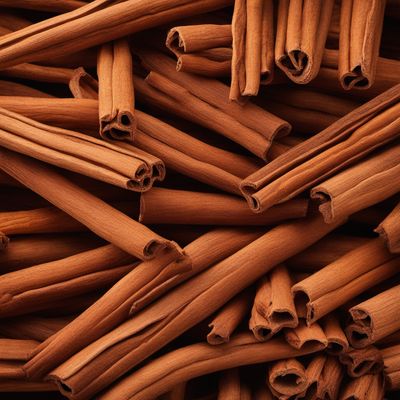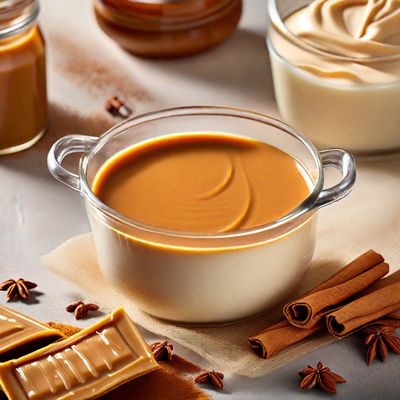
Ingredient
Cinnamon bark and similar-
The Spice of Life: Cinnamon Bark and Similar
Cinnamon bark is characterized by its reddish-brown color and curled appearance. It has a fragrant aroma and a sweet, slightly spicy taste. The spice can be used in its whole form or ground into a powder. Cinnamon is versatile and can be used in a wide range of dishes, including desserts, beverages, curries, and stews.
Origins and history
Cinnamon has a long and rich history that dates back thousands of years. It was highly prized in ancient Egypt and was used in embalming rituals and as a flavoring agent. Cinnamon was also a valuable commodity in the spice trade, with traders traveling great distances to obtain it. Today, cinnamon is cultivated in several countries, including Sri Lanka, Indonesia, China, and Vietnam.
Nutritional information
Cinnamon is a good source of antioxidants and has anti-inflammatory properties. It also contains small amounts of vitamins and minerals like calcium and iron. However, it is typically consumed in small quantities, so its nutritional impact is minimal. A teaspoon of ground cinnamon contains approximately 6 calories and negligible amounts of fat, protein, and carbohydrates.
Allergens
May cause allergic reactions in some individuals.
How to select
When selecting cinnamon bark, look for sticks that are tightly curled and have a strong aroma. Avoid sticks that are brittle or have a dull color. Ground cinnamon should be fresh and free from clumps. Opt for organic or fair-trade cinnamon whenever possible to support sustainable farming practices.
Storage recommendations
Store cinnamon bark in an airtight container in a cool, dry place, away from moisture and direct sunlight. Ground cinnamon should be stored in a sealed container to preserve its flavor and aroma. Both forms of cinnamon can be kept for up to a year.
How to produce
Cinnamon trees require a tropical climate to thrive, making it challenging to grow them in most home gardens. However, cinnamon can be grown in containers indoors or in greenhouses in regions with colder climates. It requires well-drained soil, regular watering, and indirect sunlight. Harvesting cinnamon involves cutting the branches and removing the bark, which is then dried and processed.
Preparation tips
To use cinnamon bark, break it into smaller pieces and grind it into a powder using a spice grinder or mortar and pestle. Ground cinnamon can be added directly to recipes or used as a topping for desserts and beverages. It pairs well with ingredients like apples, chocolate, nuts, and warm spices like cloves and nutmeg.
Substitutions
Ground cinnamon can be used as a substitute for cinnamon bark in most recipes. However, keep in mind that the flavor may be slightly different. Other suitable substitutes include cassia bark, nutmeg, or allspice.
Culinary uses
Cinnamon is widely used in baking, where it adds warmth and depth to cakes, cookies, and pastries. It is also a popular spice in beverages like mulled wine, hot chocolate, and chai tea. In savory dishes, cinnamon can be found in curries, stews, and marinades, particularly in Middle Eastern and North African cuisines.
Availability
Cinnamon is cultivated in several countries, including Sri Lanka, Indonesia, China, and Vietnam. It is also widely available in grocery stores, supermarkets, and spice shops worldwide.





